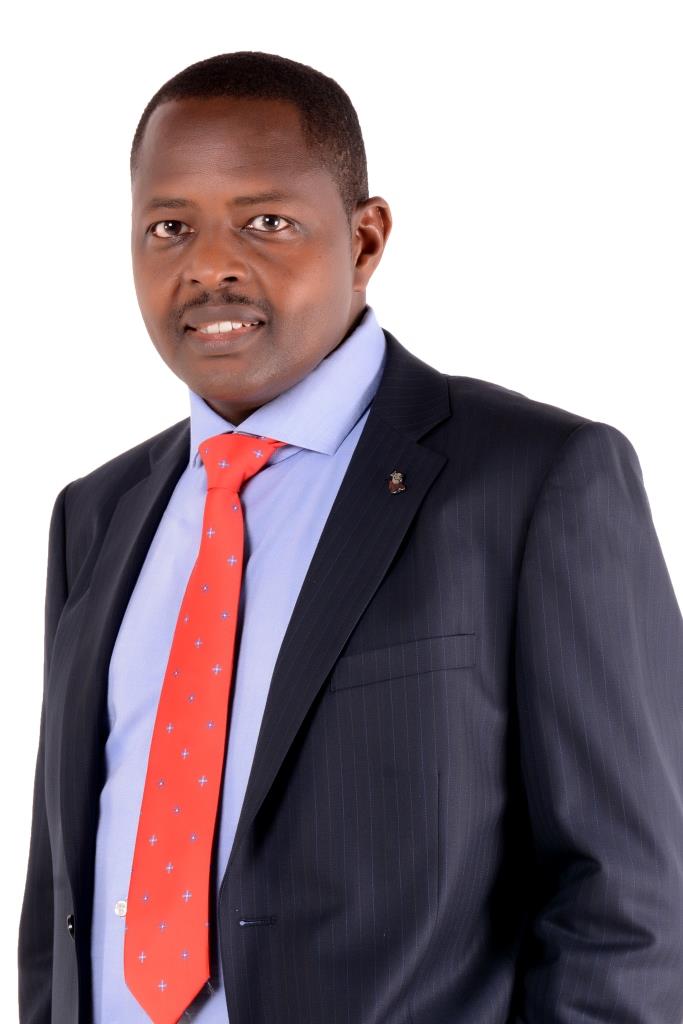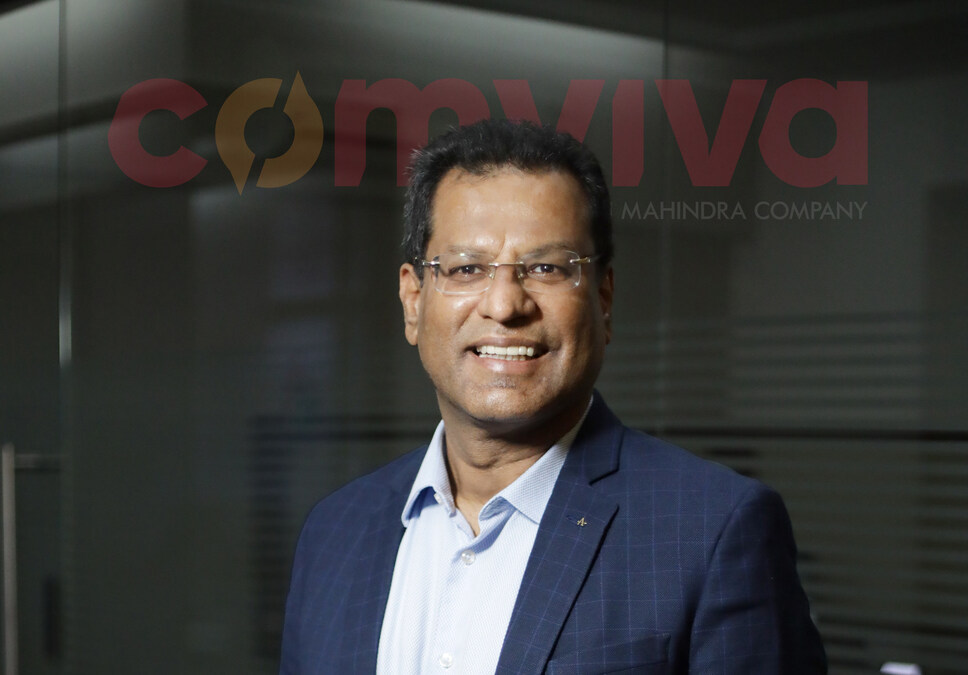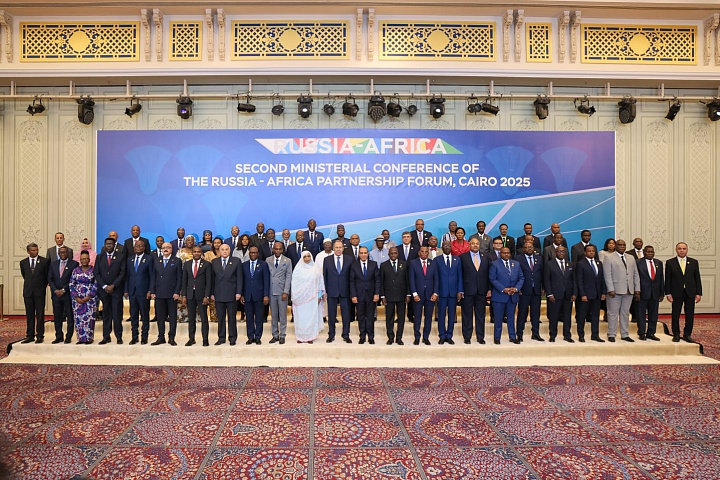World
Affordable Housing Requires a New Shape for Mortgage Industry

By Johnstone Oltetia
There are two essential parts to achieving affordable housing: building decent, low-cost homes, and developing a housing finance market that enables low-income earners to buy those homes. For, without finance, almost no home price is low enough to be affordable on an average salary.
For this reason, the mortgage market has been growing. Housing loans have risen more than ten-fold since 2006, from 1,278 loans valued at Sh19m 12 years ago to 24,458 loans valued at Sh203.3bn by 2015, according to the Central Bank of Kenya (CBK).
But the market still remains tiny when compared with other nations. In Tanzania and Uganda, the mortgage loan value is under 2.5 per cent GDP while in Kenya stands at 3.15 per cent of GDP by 2015. In South Africa, it contributed some 32 per cent of GDP.
Yet in countries where mortgages drive a large flow of home buying, home owners prime the pumps of the economy with additional spending power in an inflow that makes for faster economic growth.
However, our own mortgage market is held back by multiple constraints, including bureaucracy. Normally, the purchase of a property takes around three months to complete. For instance, mortgage finance in Kenya typically takes six months to arrange, mired in nine separate, manual, administrative processes.
These span land rent and rates clearance certificates, transfer filing and consent, the search, the valuation and its endorsement, and the stamp duty and lodging of documents. This process, which the government is now working to simplify, adds cumbersome work, as well as risk, thus increasing the cost of mortgages.
Most primary mortgage lenders in the region thus set higher mortgage rates and focus on high net worth individuals and high earners who can afford higher rates. They also run shorter repayment periods, ranging from as low as three years to an average of eight years.
But repaying at such high rates, so rapidly, puts borrowers under considerable pressure and leads to defaults, which today stand at some 12 per cent of Kenyan mortgages. It is additionally a model that offers very few opportunities for low and middle-income Kenyans to own homes.
We, thus, need a radical overhaul of mortgage financing if we are to achieve widespread home ownership, which is where mortgage refinancing comes in.
Providing a source of secure, long-term funding for mortgages has a direct impact on the affordability of home loans for home buyers and is a vital pillar to achieving a developed mortgage system. Such funding was critical, for instance, in Malaysia and Singapore, where about 80 per cent of houses are now mortgage-owned.
For this reason, the Kenyan National Treasury is contributing to the Affordable Housing Pillar of the BIG 4 Agenda by supporting the creation of a lending facility (the Kenya Mortgage Refinance Company) to provide longer-term funds for banks and SACCOs for residential mortgages in Kenya.
The Kenya Mortgage Refinance Company (KMRC) will provide secure funding to mortgage lenders so that they can offer more mortgages at lower prices. With such long-term funding, primary mortgage lenders will also be able to lengthen repayment periods to 15 to 25 years, and offer a fixed interest rate, making mortgages both safe and affordable for low income earners.
The new financing will mainly be available for lower cost housing, valued at less than Sh4m in Nairobi metropolitan area (Nairobi, Machakos, Kiambu and Kajiado) and Sh3m elsewhere. Likewise, to qualify for the housing loan, Kenyans must be earning less than Sh150,000 a month.
Refinancing the financial institutions will also enable them to expand their lending scope to finance developers as well, a strategy that can also be borrowed by other East African countries in meeting their affordable housing agendas.
The Government Affordable Housing project seeks to develop 500,000 houses in five years, which presents the largest real estate opportunity for a long time. But with the country having only managed to produce about 50,000 units over the last two to three years, achieving the targeted 100,000 houses a year will require considerable investment in construction.
The financing structures necessary to achieve this will be outlined in forums at the April 10th -11th East African Property Investment Summit, which aims to support the Government Affordable Housing Project. But as government and industry leaders convene to discuss the delivery of the targeted affordable housing, mortgage refinancing will be taking center stage as a crucial enabler.
Johnstone Oltetia is the Interim CEO of Kenya Mortgage Refinance Company (KMRC)
World
Comviva Wins at IBSi Global FinTech Innovation Award

By Modupe Gbadeyanka
For transforming cross-border payments through its deployment with Global Money Exchange, Comviva has been named Best In-Class Cross Border Payments.
The global leader in digital transformation solutions clinched this latest accolade at the IBS Intelligence Global FinTech Innovation Award 2025.
The recognition highlights how Comviva’s mobiquity Pay is helping shape a modern cross-border payment ecosystem that stretches far beyond conventional remittance services.
Deployed as a white label Wallet Platform and launched as Global Pay Oman App, it fulfils GMEC’s dual vision—positioning itself as an innovative payment service provider while digitally extending its core money transfer business.
The solution allows GMEC to offer international money transfers alongside seamless forex ordering and other services. These capabilities sit alongside a broad suite of everyday financial services, including bill and utility payments, merchant transactions, education-related payments, and other digital conveniences — all delivered through one unified experience.
“This award is a testament to Oman’s accelerating digital transformation and our commitment to reshaping how cross-border payments serve people and businesses across the Sultanate.
“By partnering with Comviva and bringing the Global Pay Oman Super App, we have moved beyond traditional remittance services to create a truly inclusive and future-ready financial ecosystem.
“This innovation is not only enhancing convenience and transparency for our customers but is also supporting Oman’s broader vision of building a digitally empowered economy,” the Managing Director at Global Money Exchange, Subromoniyan K.S, said.
Also commenting, the chief executive of Comviva, Mr Rajesh Chandiramani, said, “Cross-border payments are becoming a daily necessity, not a niche service, particularly for migrant and trade-linked economies.
“This recognition from IBS Intelligence validates our focus on building payment platforms that combine global reach with local relevance, operational resilience and a strong user experience. The deployment with Global Money Exchange Co. demonstrates how mobiquity® Pay enables financial institutions to move beyond remittances and deliver integrated digital services at scale.”
“The deployment of mobiquity Pay for GMEC showcases how scalable, API-driven digital wallet platforms can transform cross-border payments into seamless, value-rich experiences.
“By integrating remittances, bill payments, forex services, and AI-powered engagement into a unified Super App, Comviva has reimagined customer journeys and operational agility.
“This Best-in-Class Cross-border Payments award win stands as a testament to Comviva’s excellence in enabling financial institutions to compete and grow in a digitally convergent world,” the Director for Research and Digital Properties at IBS Intelligence, Nikhil Gokhale, said.
World
Russia Renews Africa’s Strategic Action Plan

By Kestér Kenn Klomegâh
At the end of an extensive consultation with African foreign ministers, Russian Foreign Minister, Sergey Lavrov, has emphasized that Moscow would advance its economic engagement across Africa, admittedly outlining obstacles delaying the prompt implementation of several initiatives set forth in Strategic Action Plan (2023-2026) approved in St. Petersburg during the Russia-Africa Summit.
The second Ministerial Conference, by the Russian Foreign Ministry with support from Roscongress Foundation and the Arab Republic of Egypt, marked an important milestone towards raising bilateral investment and economic cooperation.
In Cairo, the capital city of the Arab Republic of Egypt, Lavrov read out the final resolution script, in a full-packed conference hall, and voiced strong confidence that Moscow would achieve its strategic economic goals with Africa, with support from the African Union (AU) and other Regional Economic blocs in the subsequent years. Despite the complexities posed by the Russia-Ukraine crisis, combined with geopolitical conditions inside the African continent, Moscow however reiterated its position to take serious steps in finding pragmatic prospects for mutual cooperation and improve multifaceted relations with Africa, distinctively in the different sectors: in trade, economic and investment spheres, education and culture, humanitarian and other promising areas.
The main event was the plenary session co-chaired by Russian Foreign Minister Sergey Lavrov and Egyptian Minister of Foreign Affairs, Emigration, and Egyptians Abroad Bashar Abdelathi. Welcome messages from Russian President Vladimir Putin and Egyptian President Abdelhak Sisi were read.
And broadly, the meeting participants compared notes on the most pressing issues on the international and Russian-African agendas, with a focus on the full implementation of the Russia-Africa Partnership Forum Action Plan for 2023-2026, approved at the second Russia-Africa Summit in St. Petersburg in 2023.
In addition, on the sidelines of the conference, Lavrov held talks with his African counterparts, and a number of bilateral documents were signed. A thematic event was held with the participation of Russian and African relevant agencies and organizations, aimed at unlocking the potential of trilateral Russia-Egypt-Africa cooperation in trade, economic, and educational spheres.
With changing times, Africa is rapidly becoming one of the key centers of a multipolar world order. It is experiencing a second awakening. Following their long-ago political independence, African countries are increasingly insisting on respect for their sovereignty and their right to independently manage their resources and destiny. Based on these conditions, it was concluded that Moscow begins an effective and comprehensive work on preparing a new three-year Cooperation and Joint Action Plan between Russia and Africa.
Moreover, these important areas of joint practical work are already detailed in the Joint Statement, which was unanimously approved and will serve as an important guideline for future work. According to reports, the Joint Statement reflects the progress of discussions on international and regional issues, as well as matters of global significance.
Following the conference, the Joint Statement adopted reflects shared approaches to addressing challenges and a mutual commitment to strengthening multifaceted cooperation with a view to ensuring high-quality preparation for the third Russia-Africa Summit in 2026.
On December 19-20, the Second Ministerial Conference of the Russia-Africa Partnership Forum was held in Cairo, Egypt. It was held for the first time on the African continent, attended by heads and representatives of the foreign policy ministries of 52 African states and the executive bodies of eight regional integration associations.
World
TikTok Signs Deal to Avoid US Ban

By Adedapo Adesanya
Social media platform, TikTok’s Chinese owner ByteDance has signed binding agreements with United States and global investors to operate its business in America.
Half of the joint venture will be owned by a group of investors, including Oracle, Silver Lake and the Emirati investment firm MGX, according to a memo sent by chief executive, Mr Shou Zi Chew.
The deal, which is set to close on January 22, 2026 would end years of efforts by the US government to force ByteDance to sell its US operations over national security concerns.
It is in line with a deal unveiled in September, when US President Donald Trump delayed the enforcement of a law that would ban the app unless it was sold.
In the memo, TikTok said the deal will enable “over 170 million Americans to continue discovering a world of endless possibilities as part of a vital global community”.
Under the agreement, ByteDance will retain 19.9 per cent of the business, while Oracle, Silver Lake and Abu Dhabi-based MGX will hold 15 per cent each.
Another 30.1 per cent will be held by affiliates of existing ByteDance investors, according to the memo.
The White House previously said that Oracle, which was co-founded by President Trump’s supporter Larry Ellison, will license TikTok’s recommendation algorithm as part of the deal.
The deal comes after a series of delays.
Business Post reported in April 2024 that the administration of President Joe Biden passed a law to ban the app over national security concerns, unless it was sold.
The law was set to go into effect on January 20, 2025 but was pushed back multiple times by President Trump, while his administration worked out a deal to transfer ownership.
President Trump said in September that he had spoken on the phone to China’s President Xi Jinping, who he said had given the deal the go ahead.
The platform’s future remained unclear after the leaders met face to face in October.
The app’s fate was clouded by ongoing tensions between the two nations on trade and other matters.
-

 Feature/OPED6 years ago
Feature/OPED6 years agoDavos was Different this year
-
Travel/Tourism9 years ago
Lagos Seals Western Lodge Hotel In Ikorodu
-

 Showbiz3 years ago
Showbiz3 years agoEstranged Lover Releases Videos of Empress Njamah Bathing
-

 Banking8 years ago
Banking8 years agoSort Codes of GTBank Branches in Nigeria
-

 Economy3 years ago
Economy3 years agoSubsidy Removal: CNG at N130 Per Litre Cheaper Than Petrol—IPMAN
-

 Banking3 years ago
Banking3 years agoFirst Bank Announces Planned Downtime
-

 Banking3 years ago
Banking3 years agoSort Codes of UBA Branches in Nigeria
-

 Sports3 years ago
Sports3 years agoHighest Paid Nigerian Footballer – How Much Do Nigerian Footballers Earn












